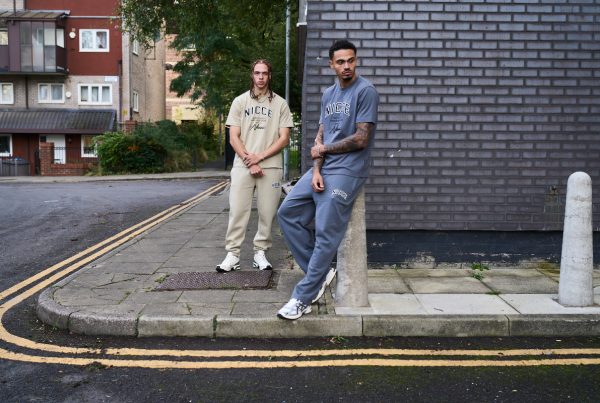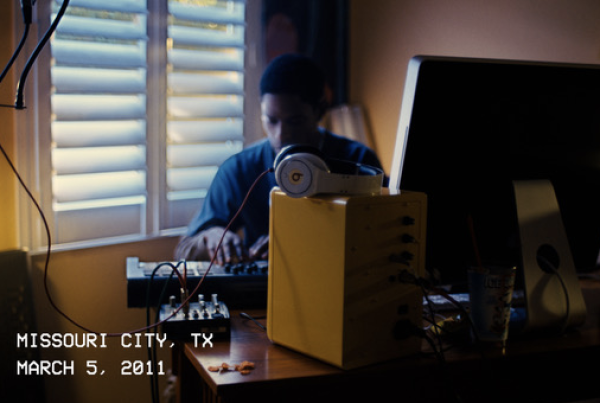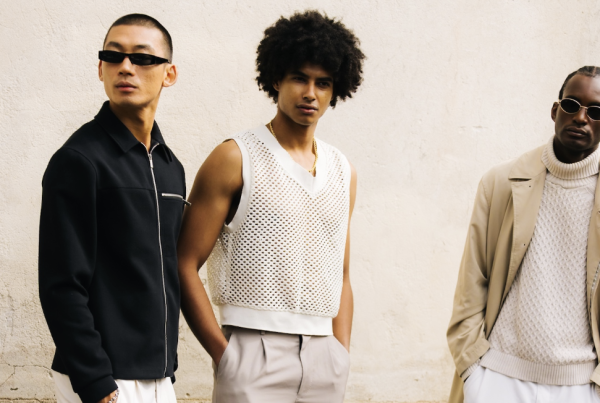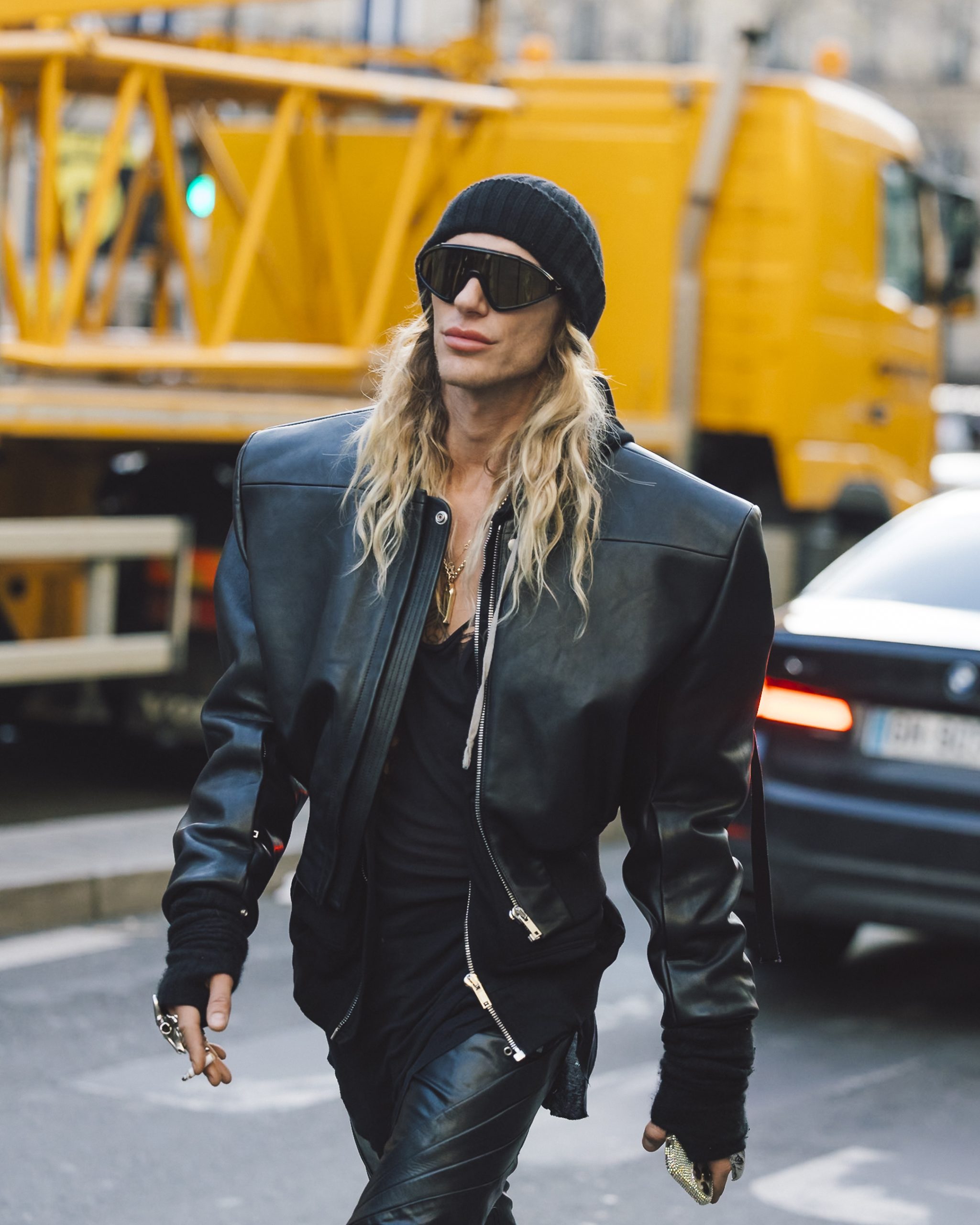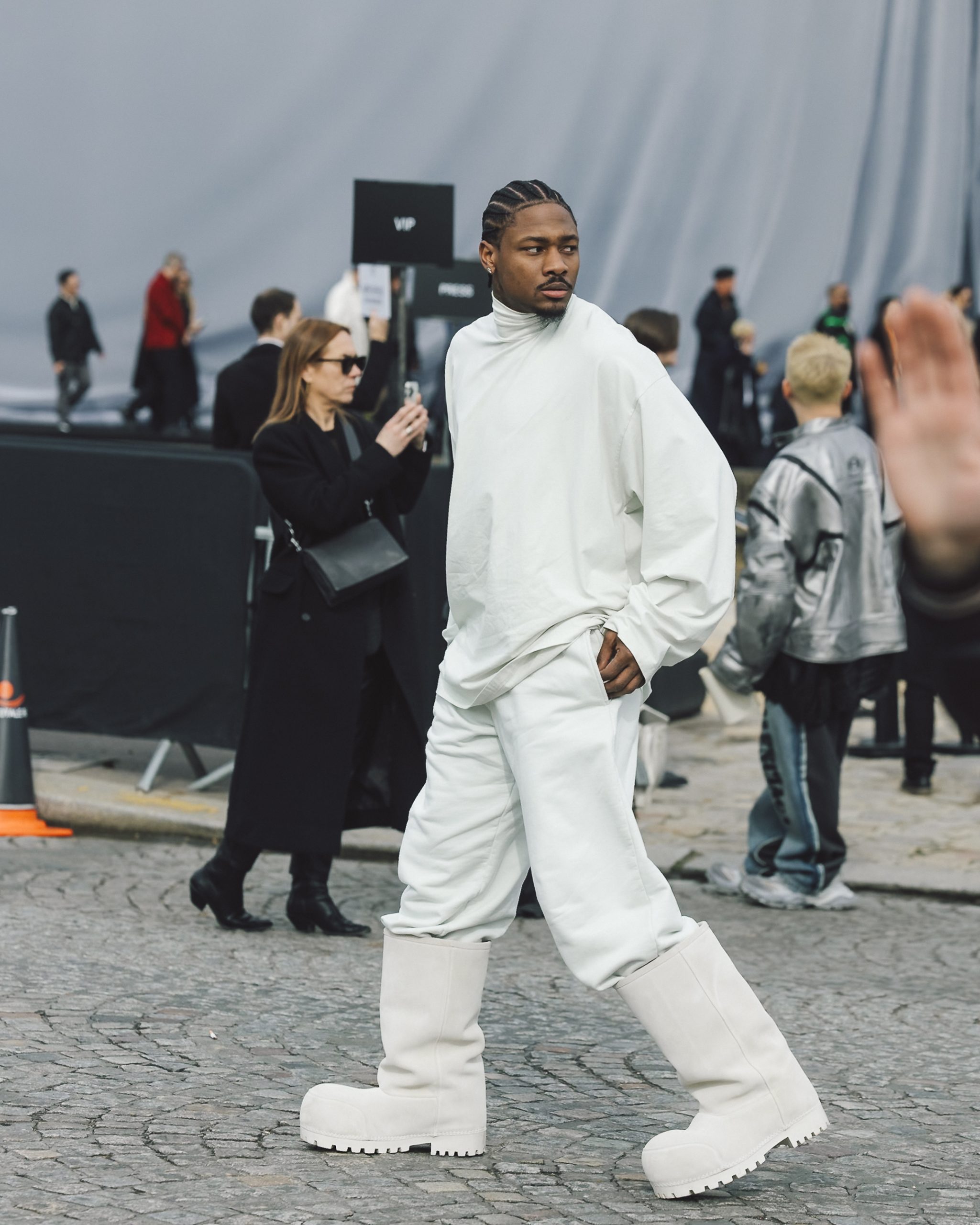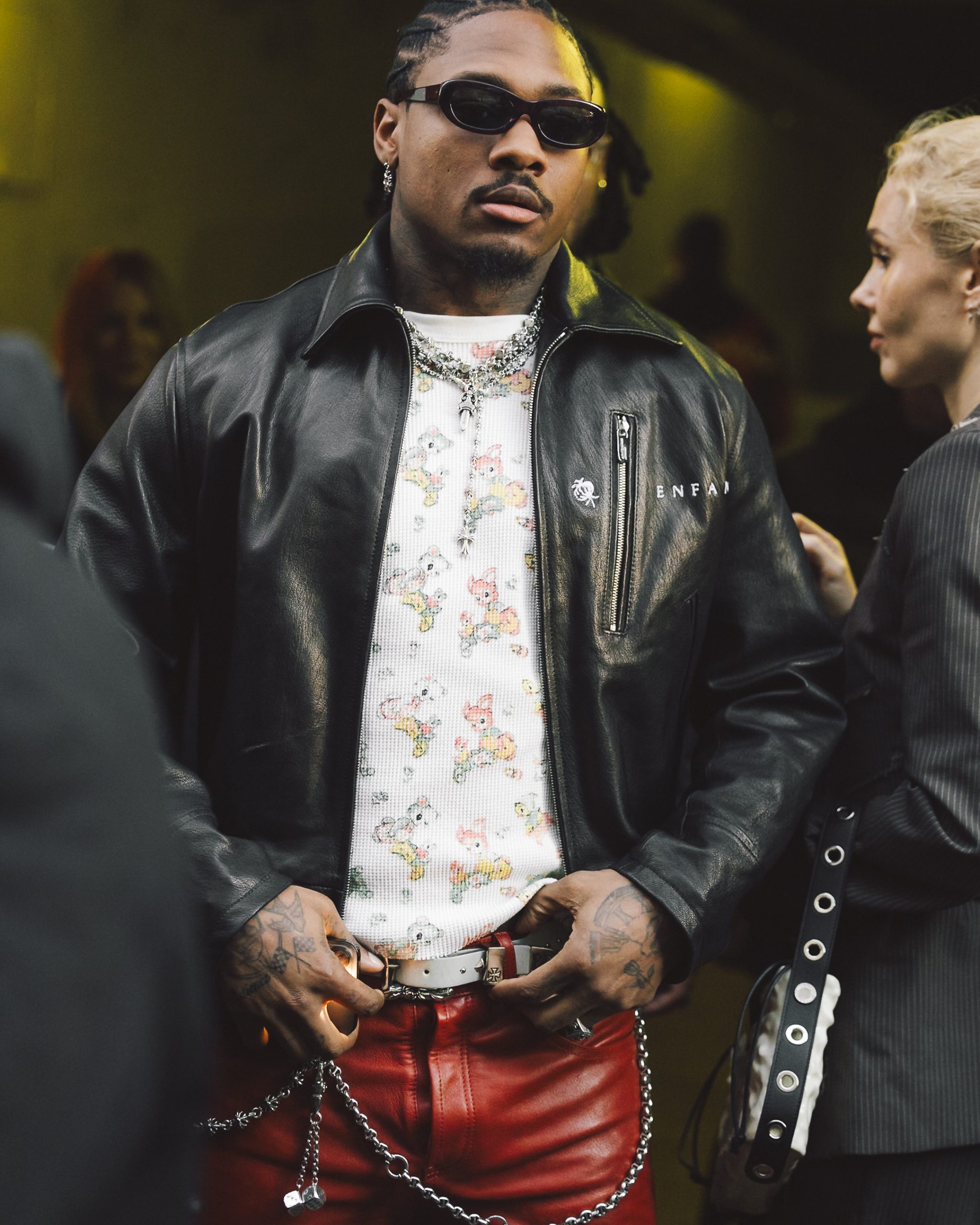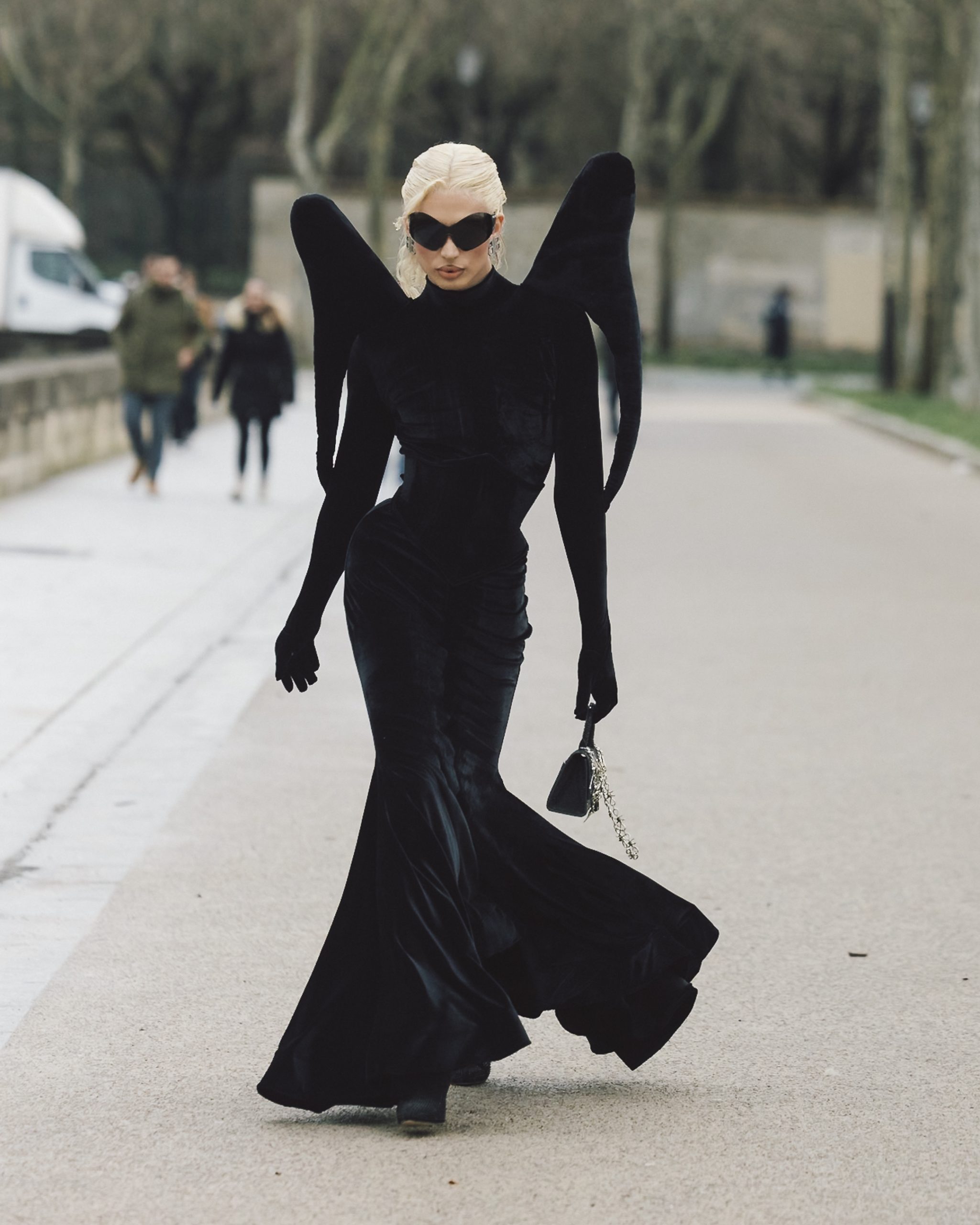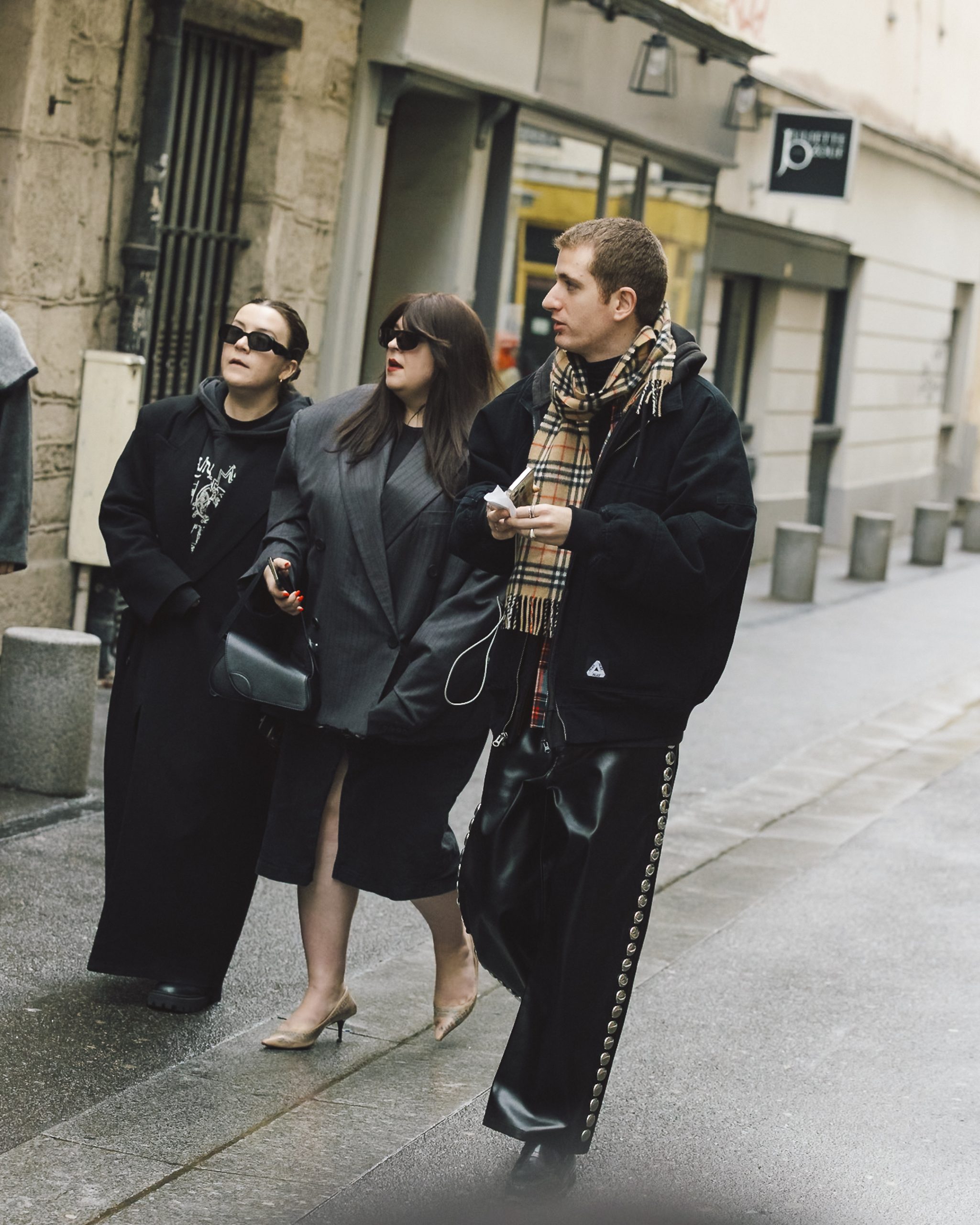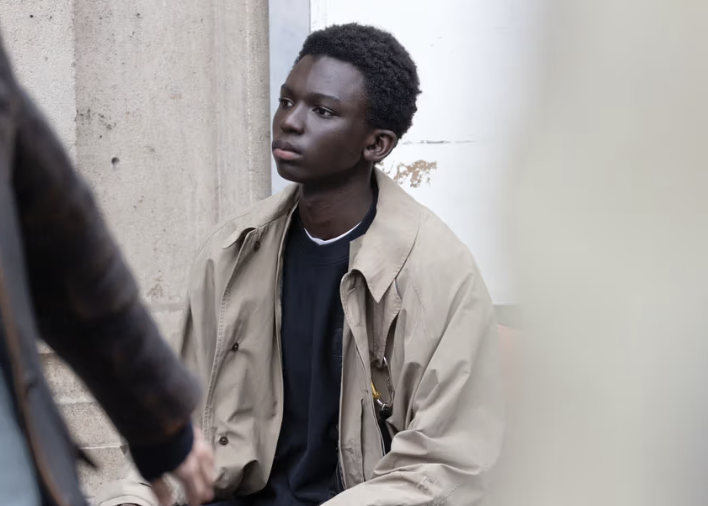The Evolution of London's Streetwear Scene: From Mods to Modernity
In the labyrinthine streets of London, there exists a fashion subculture that serves as a testament to the city’s vibrant tapestry of influences. From the refined elegance of Savile Row to the gritty authenticity of Camden Market, the evolution of London’s streetwear scene is a journey through time, shaped by a myriad of cultural movements and subcultures.
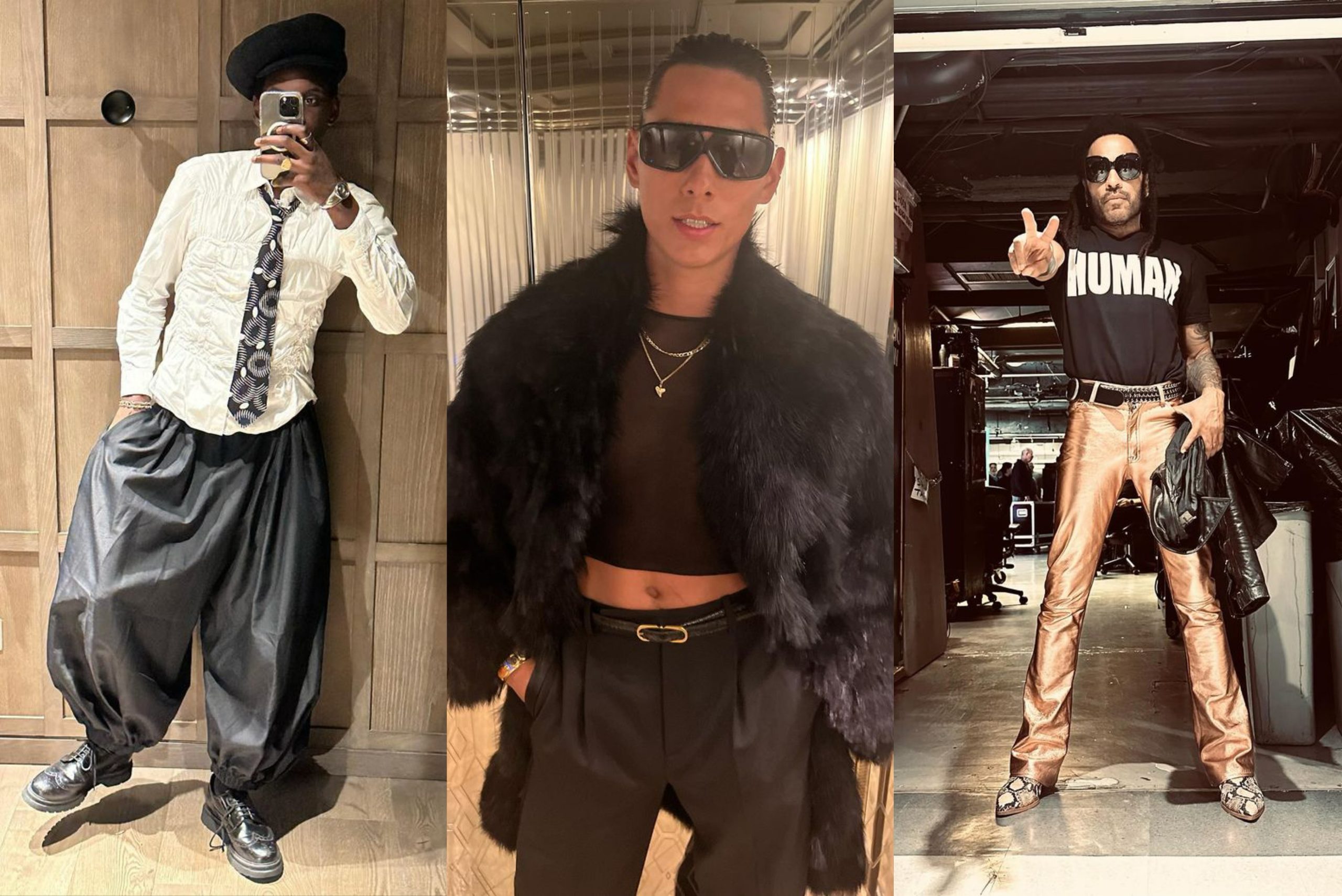
The Roots: Mods and Rockers
To truly appreciate the evolution of London’s streetwear, it is important to delve into the city’s history, back to the tumultuous 1960s when two contrasting subcultures emerged on the streets of the capital: the Mods and the Rockers. The Mods, with their sharp tailoring and affinity for Italian scooters, epitomised a suave sophistication that permeated the city’s fashion landscape. Their sartorial choices, defined by clean lines, bold patterns, and a monochromatic palette, laid the groundwork for the sleek and refined aesthetic that currently permeates through modern streetwear.
In stark contrast were the Rockers, rebellious youths clad in leather jackets and motorcycle boots, whose rugged aesthetic and defiant attitude stood in contrast to the polished aesthetic of the Mods. This clash of cultures, immortalised in the iconic and historied clashes on Brighton Beach, catalysed the eclectic fusion of styles that would come to define London’s streetwear scene in the decades to follow.
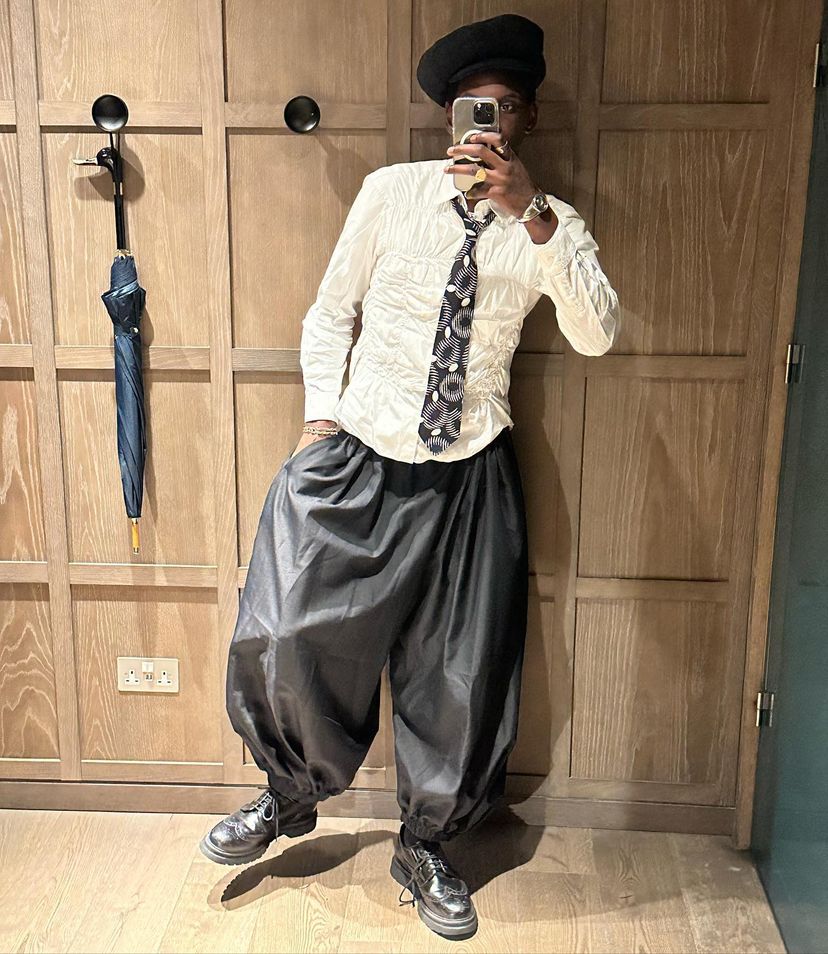
PHOTO CREDIT: @asapnast (via Instagram)
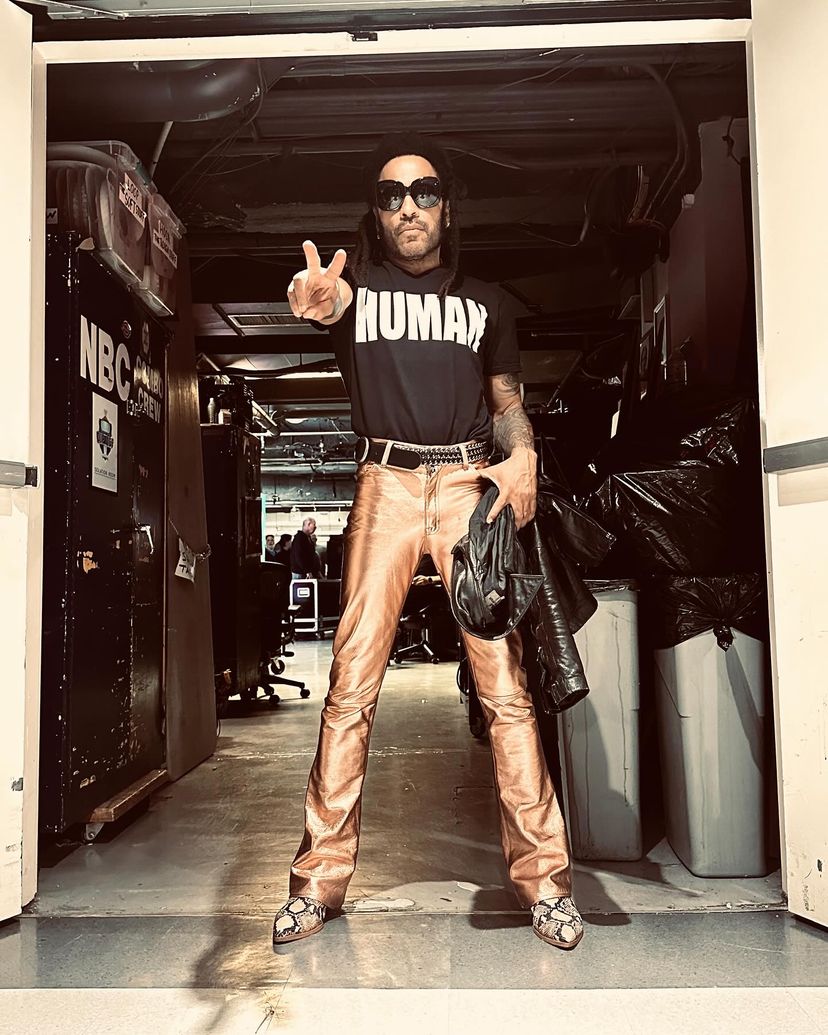
PHOTO CREDIT: @lennykravitz (via Instagram)
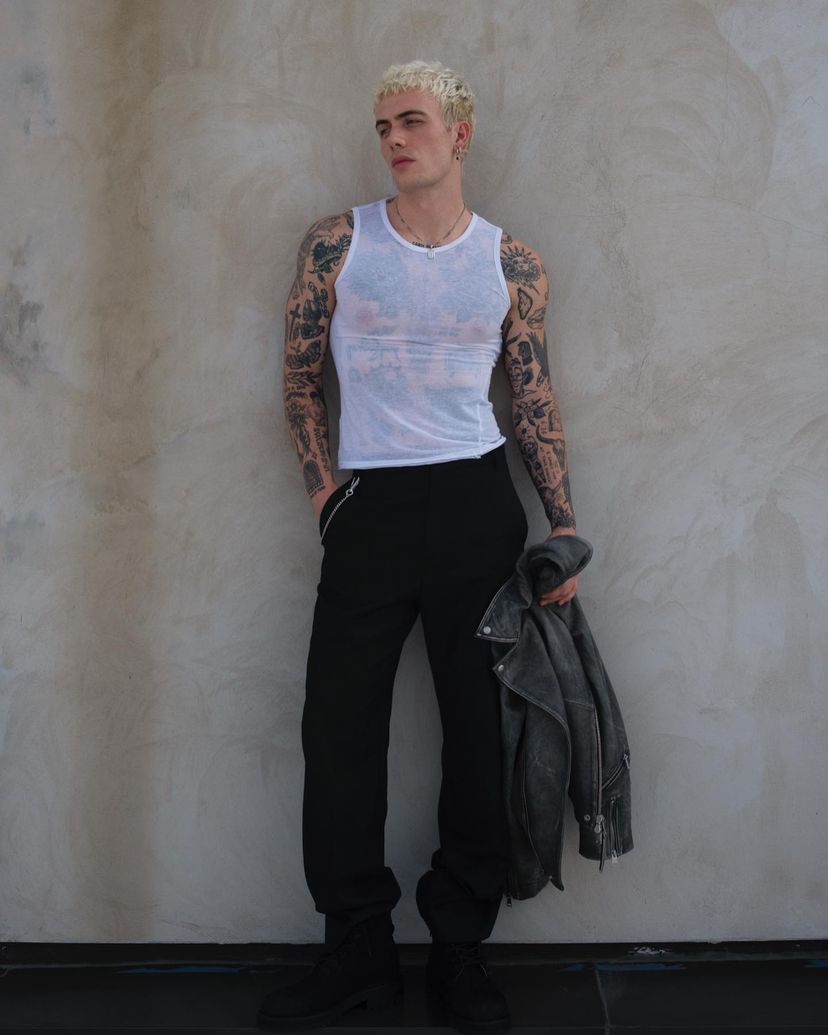
PHOTO CREDIT: @tannerareese (via Instagram)

PHOTO CREDIT: @gallucks (via Instagram)
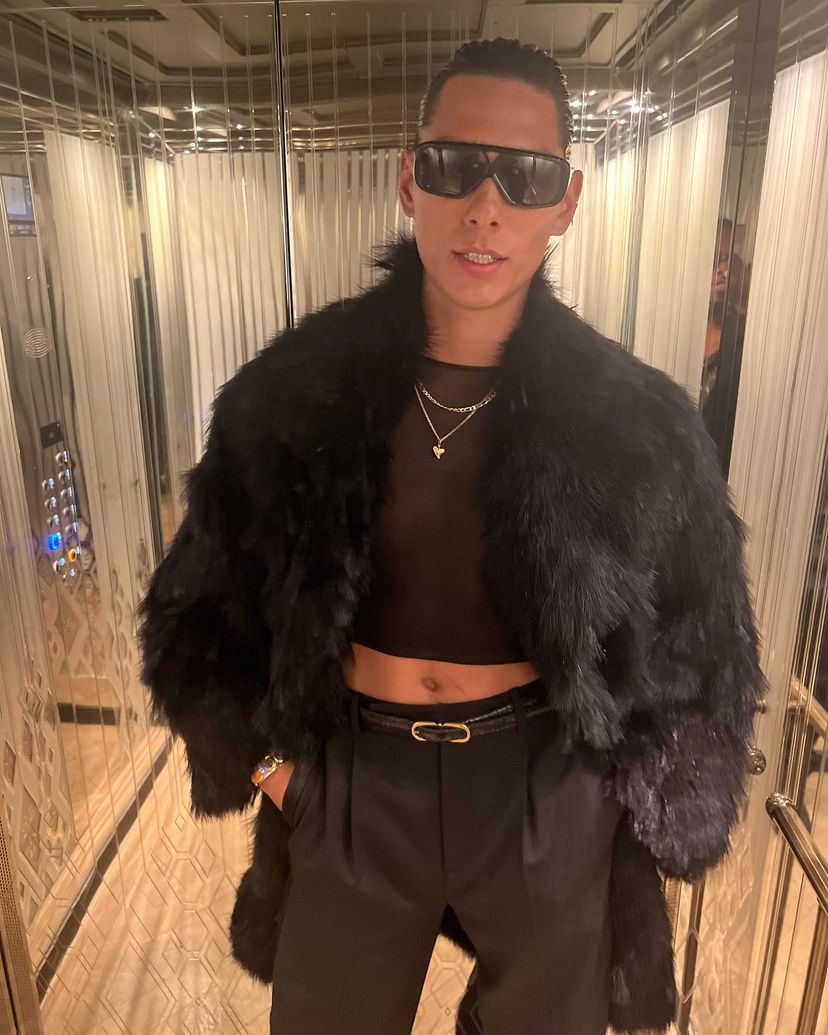
PHOTO CREDIT: @evanmock (via Instagram)
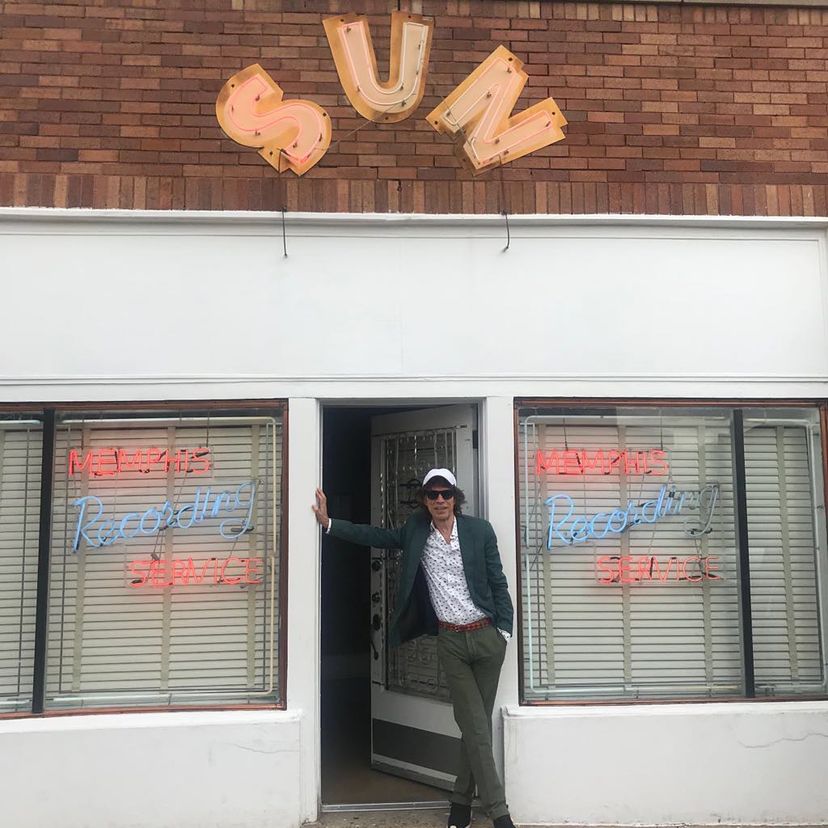
PHOTO CREDIT: @mickjagger (via Instagram)
The Rise of Streetwear
The beginning of the 21st century saw London experiencing a cultural renaissance, fueled by the globalisation of fashion and the emergence of hip-hop culture. Influenced by the vibrant street scenes of New York and Tokyo, a new generation of Londoners began to embrace streetwear as a form of self-expression, blending elements of skate culture, graffiti art, and high fashion to create a style that was uniquely their own. With its outlier spirit, London would become famous for its experimental nature.
The turning point in the evolution of London’s streetwear scene came with the emergence of iconic streetwear brands such as Supreme, Palace, and A Bathing Ape. These labels, with their limited-edition drops and cult-like followings, revolutionised the fashion landscape, elevating streetwear from a subculture to a global phenomenon. Their influence transcended borders, inspiring a new generation of designers and creatives to push the boundaries of fashion and challenge the status quo.
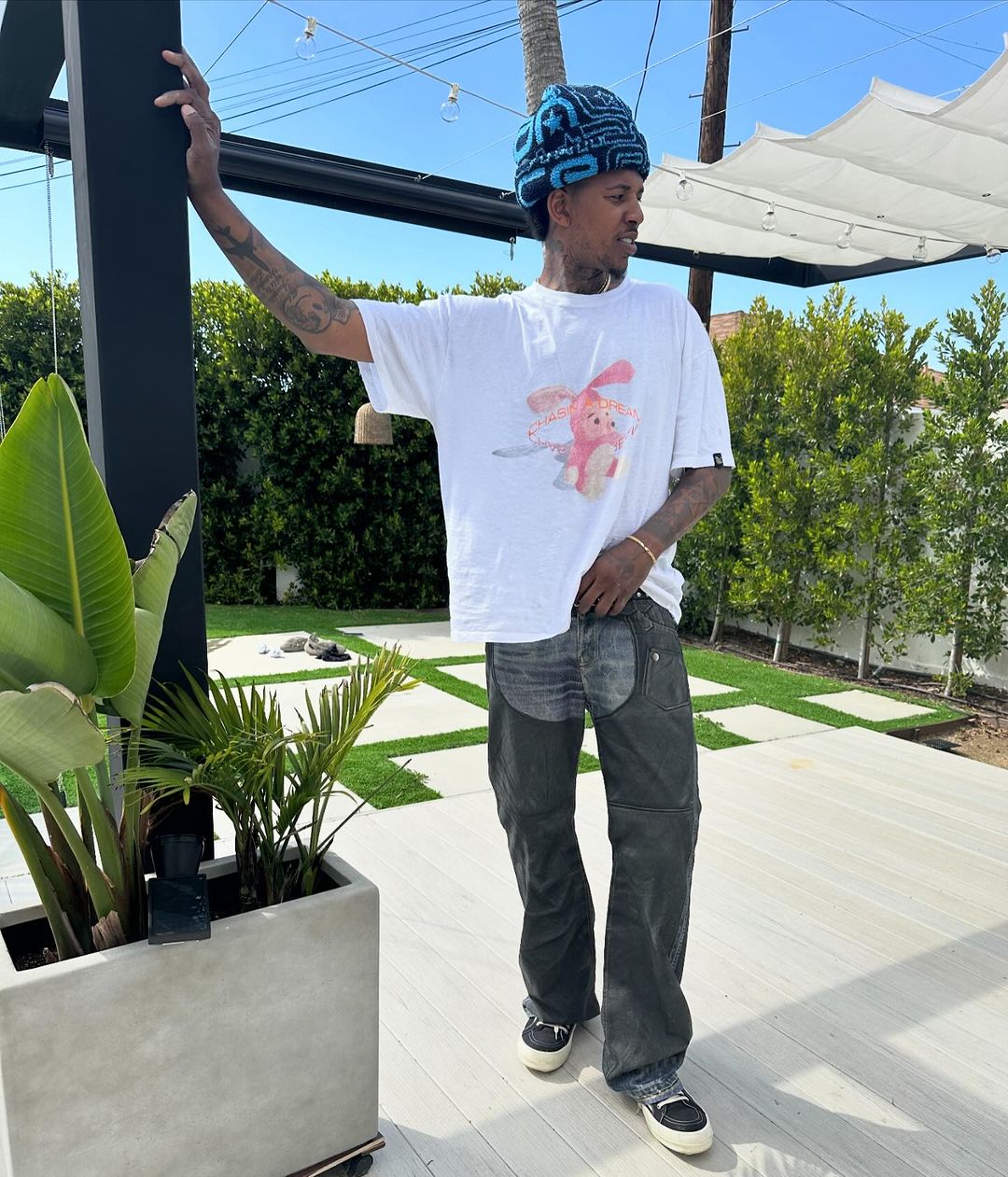
PHOTO CREDIT: @swaggyp1 (via Instagram)
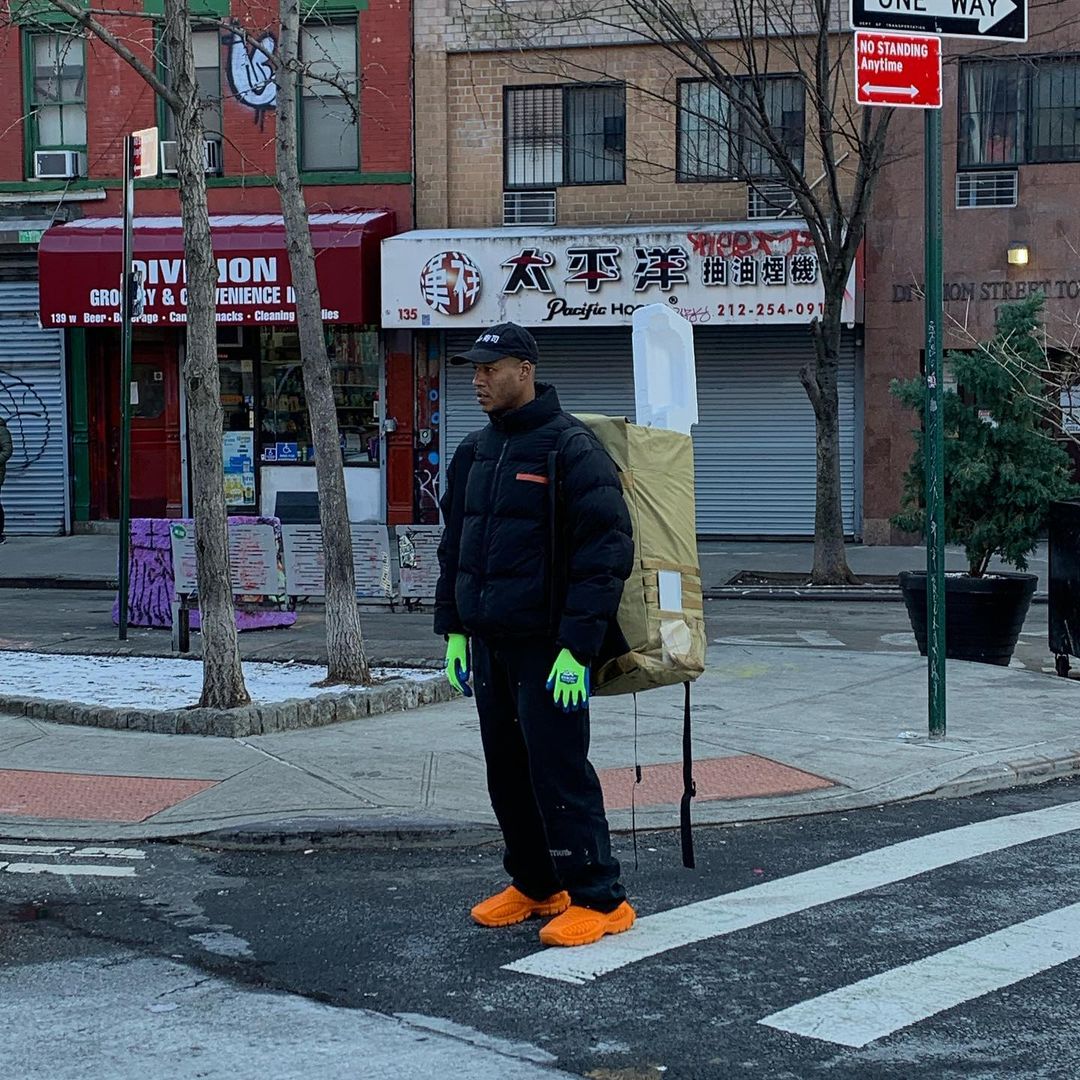
PHOTO CREDIT: @heronpreston (via Instagram)
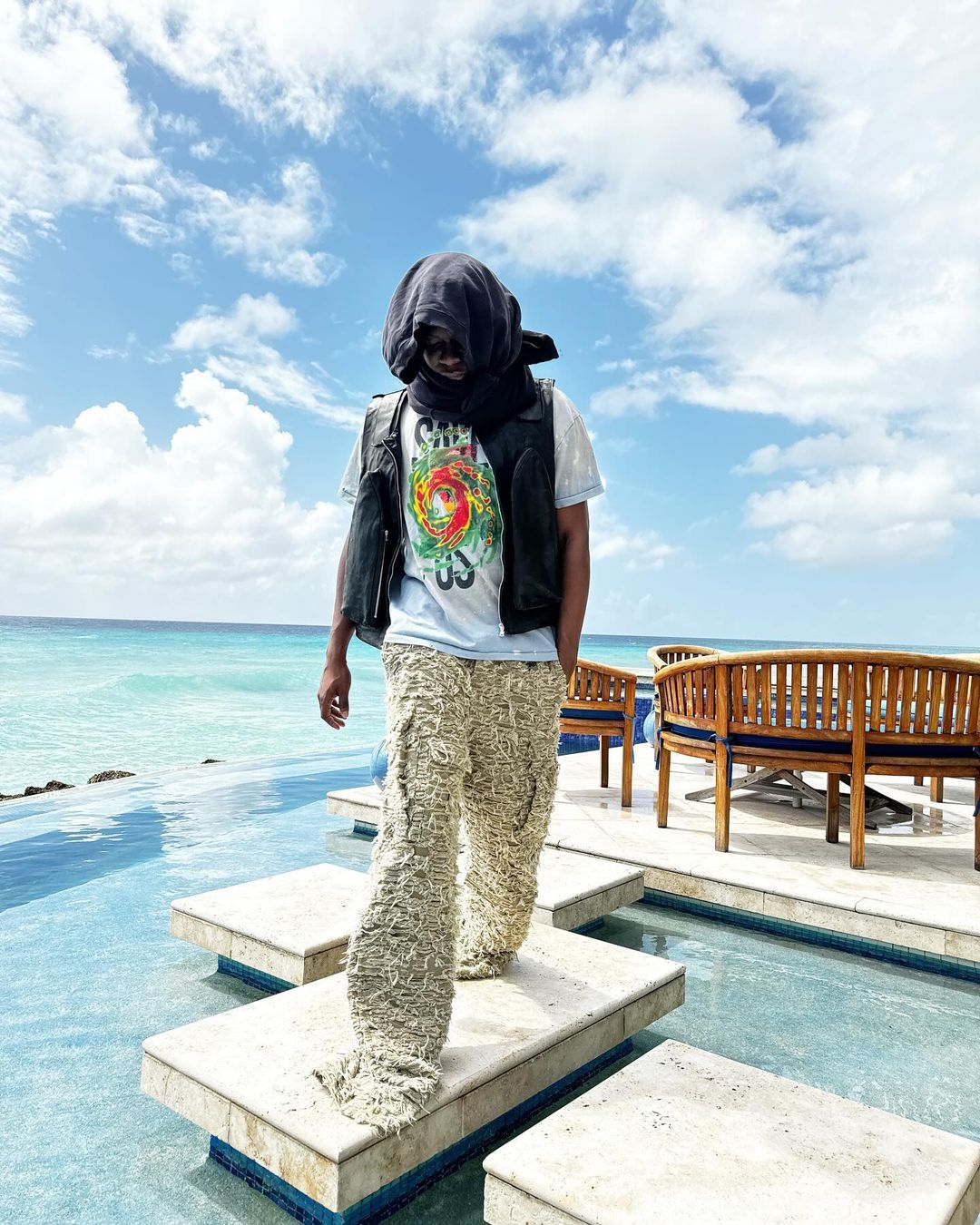
PHOTO CREDIT: @murderbravado (via Instagram)
The Digital Revolution
The dawn of the digital revolution brought with it a seismic shift in the way fashion was consumed and shared, thanks in large part to the rise of social media. Platforms like Instagram became virtual playgrounds for fashion enthusiasts, providing a platform for individuals to showcase their style and connect with like-minded individuals from around the world. One such Instagram account that has played a pivotal role in documenting London’s vibrant streetwear scene is Uniform Display. With their immersive videos capturing the eclectic styles of Londoners from all walks of life, Uniform Display like many other accounts has become a virtual time capsule, preserving the ever-evolving landscape of London’s fashion culture for future generations to admire and draw inspiration from.
The digitalization of streetwear saw the emergence of a new wave of designers who were inspired by the DIY ethos of streetwear and sought to challenge traditional notions of fashion. Chief among them was Virgil Abloh, whose incessant knack for collaboration, unconventional approach to design, and penchant for blurring the lines between streetwear and high fashion inspired a generation of creatives to think outside the box. One such protege of Abloh is Samuel Ross, the visionary behind A-Cold-Wall*. Ross’ avant-garde designs, which seamlessly blend streetwear aesthetics with architectural influences, have earned him critical acclaim and a dedicated following worldwide. Similarly, designers like Bianca Saunders, Priya Ahluwalia and Corteiz’s Clint have emerged as trailblazers in their own right, pushing the boundaries of fashion and redefining what it means to be a London designer on the global stage.
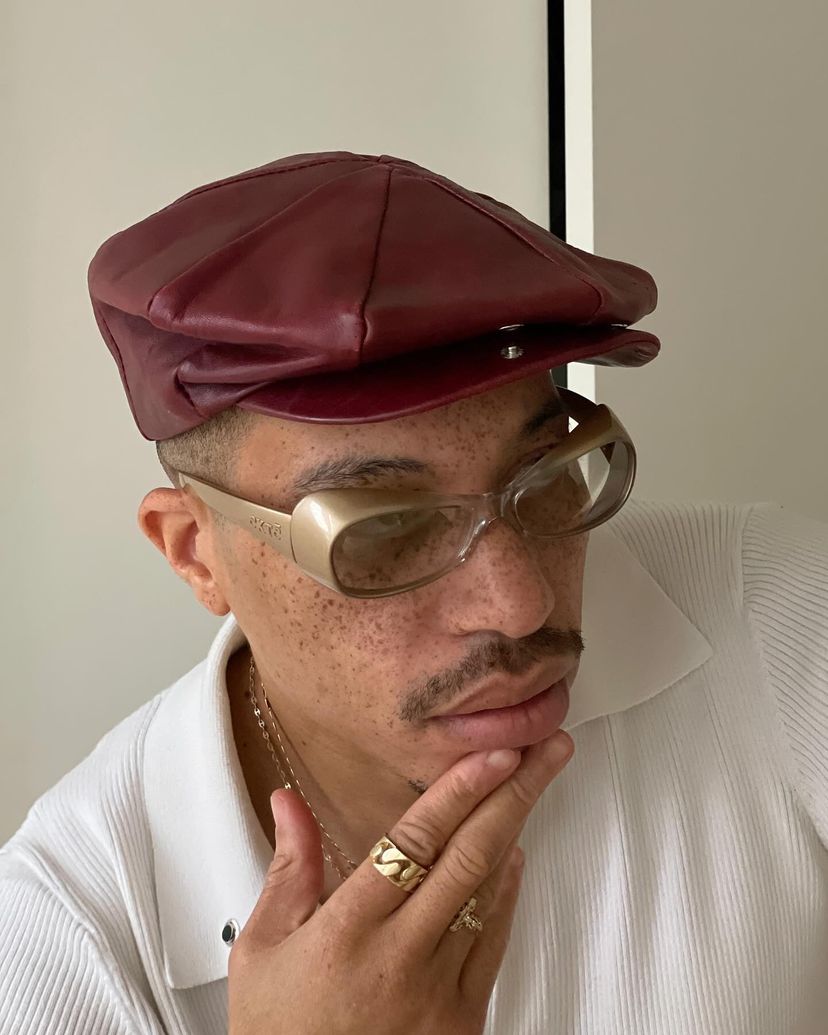
PHOTO CREDIT: @byseanbrown (via Instagram)

PHOTO CREDIT: @makai.beaumont (via Instagram)
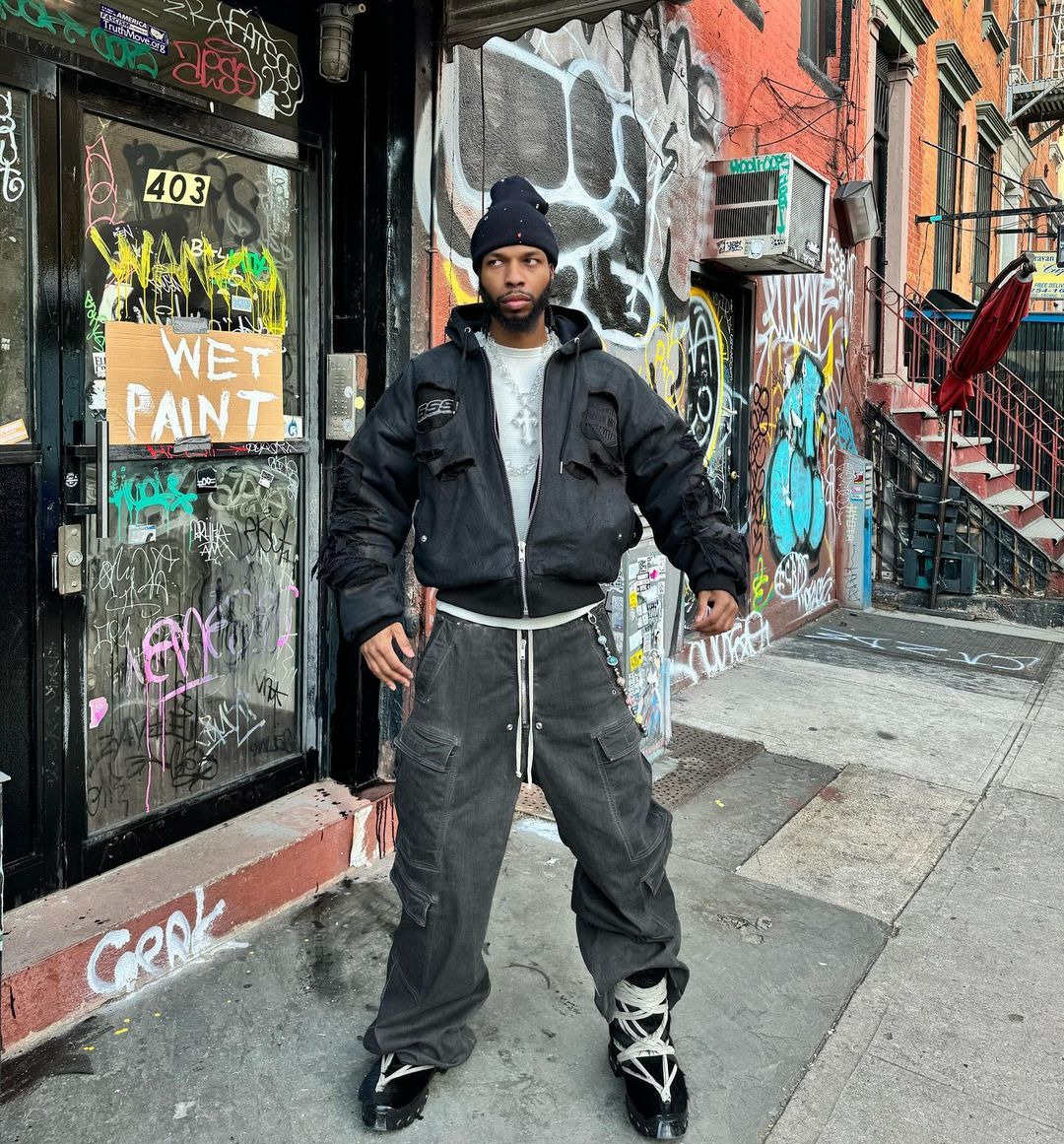
PHOTO CREDIT: @brooklynsrevival (via Instagram)
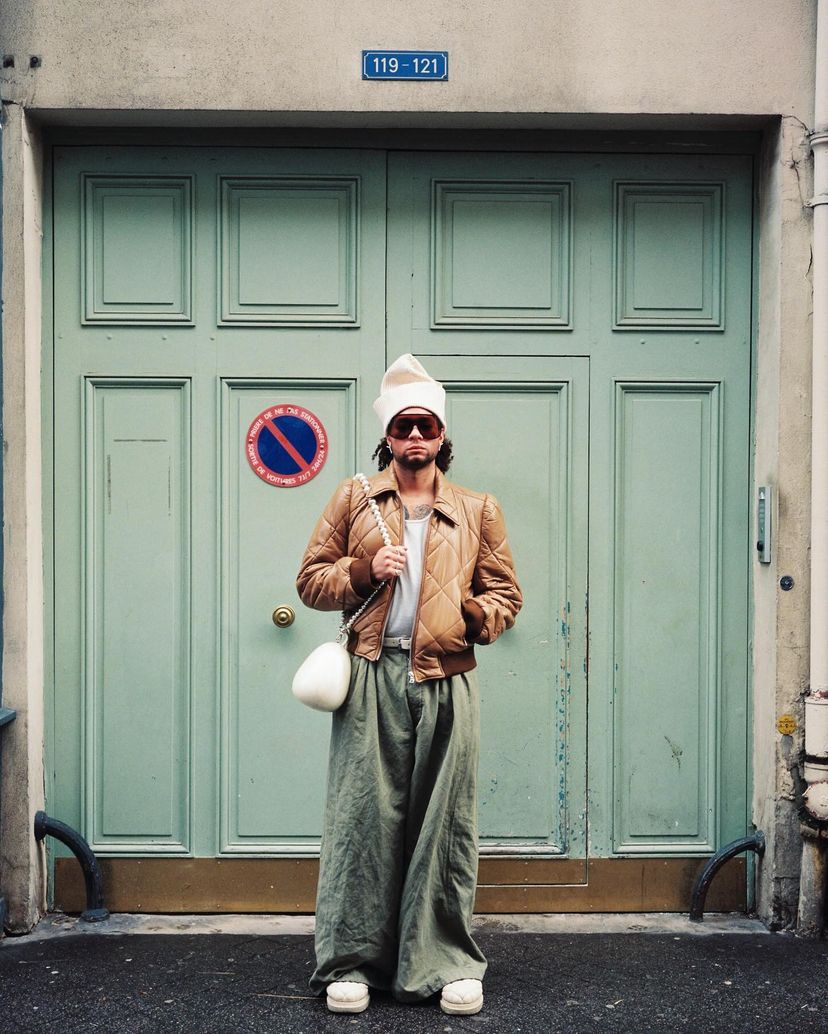
PHOTO CREDIT: @toreno__ (via Instagram)
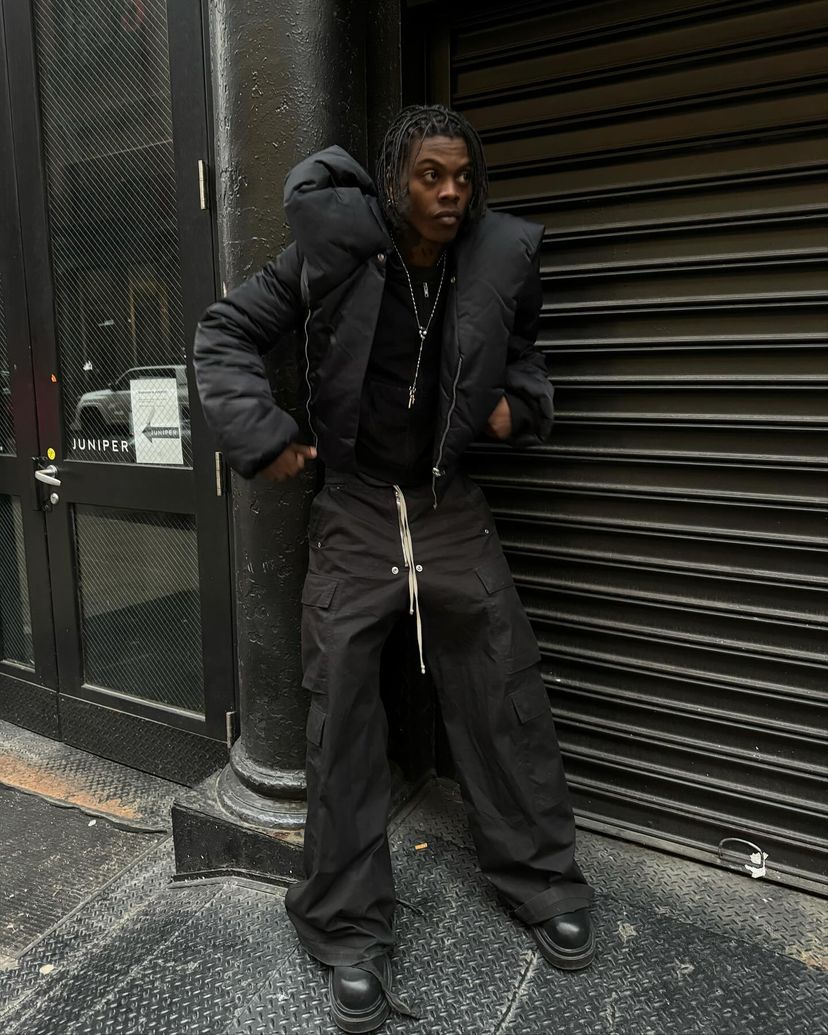
PHOTO CREDIT: @cjay1k (via Instagram)
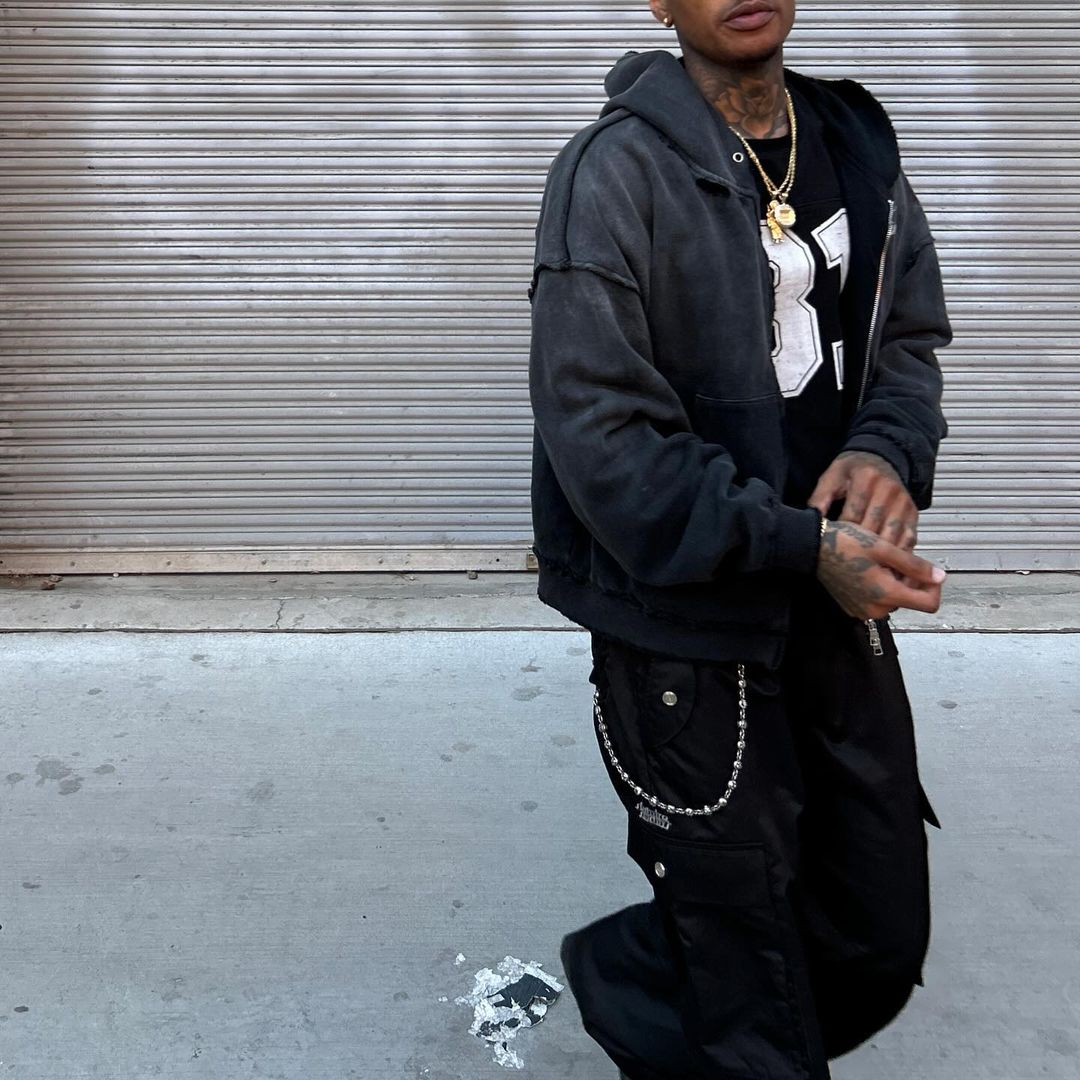
PHOTO CREDIT: @fvrrenn (via Instagram)
PHOTO CREDIT: @modehunter for @pauseonline
The Future of London Streetwear
The evolution of London’s streetwear scene is a journey without end. With each passing year, new subcultures emerge, new trends take hold, and new voices rise to the forefront of the fashion world. Yet amongst the constant flux and innovation, one thing remains true; the spirit of individuality and self-expression that defines London’s streetwear scene. Whether you’re a devoted sneakerhead queuing up for the latest drop or a casual observer admiring the eclectic styles on display, one thing is certain – London’s streets will always be a vibrant canvas of fashion, where the past, present, and future converge in a kaleidoscope of colour and creativity.
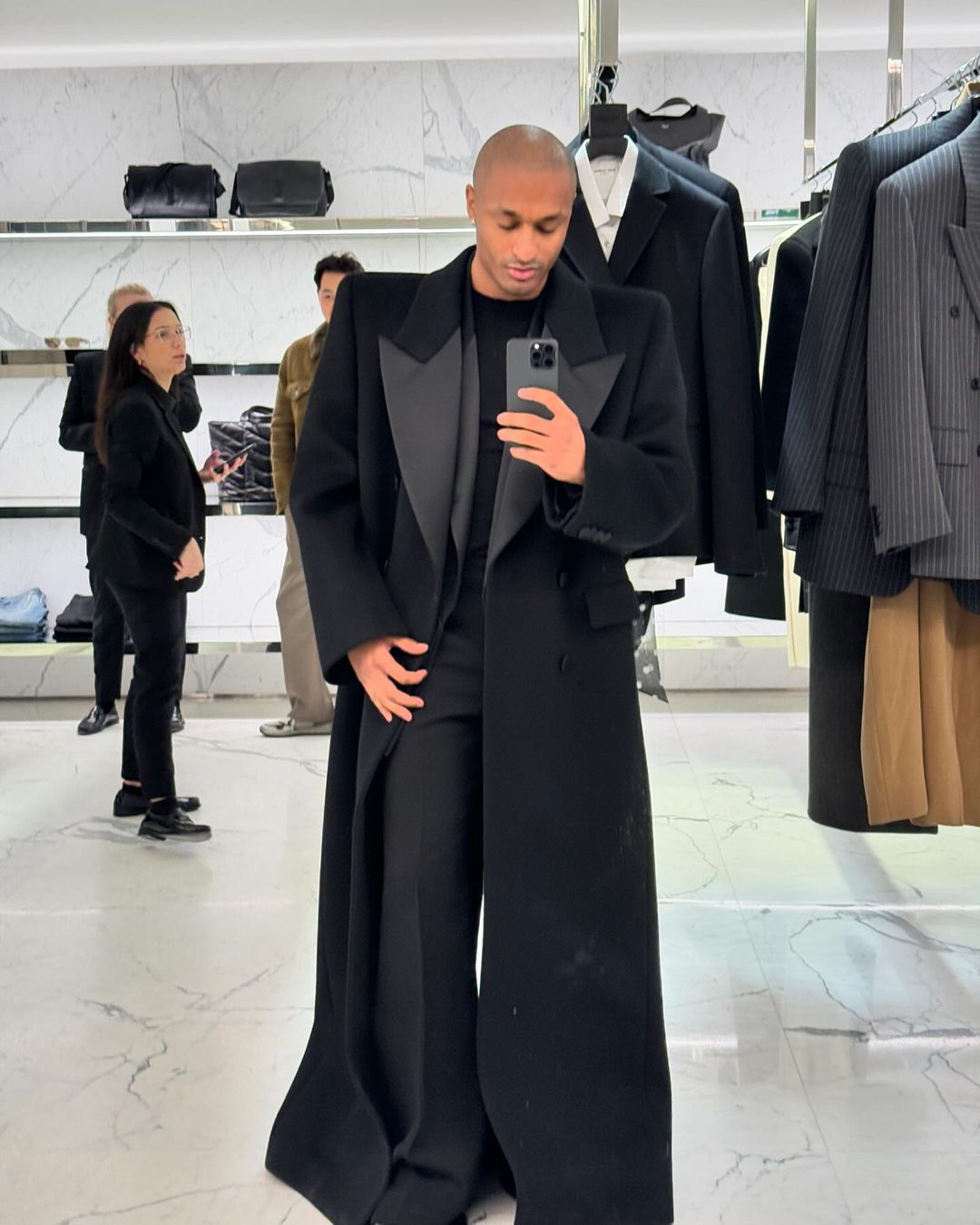
PHOTO CREDIT: @icykof (via Instagram)
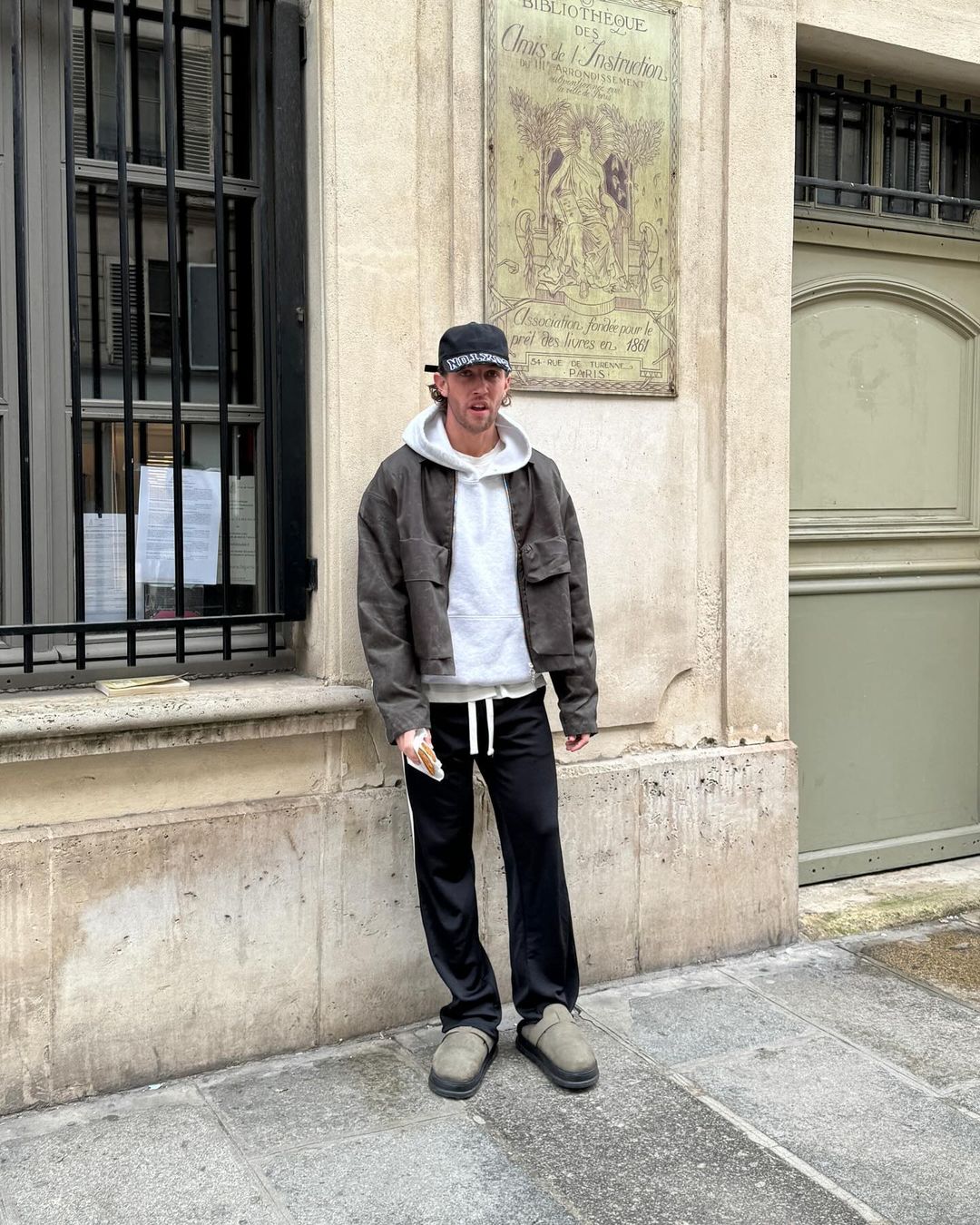
PHOTO CREDIT: @jonnywilson (via Instagram)

PHOTO CREDIT: @yungalyy (via Instagram)
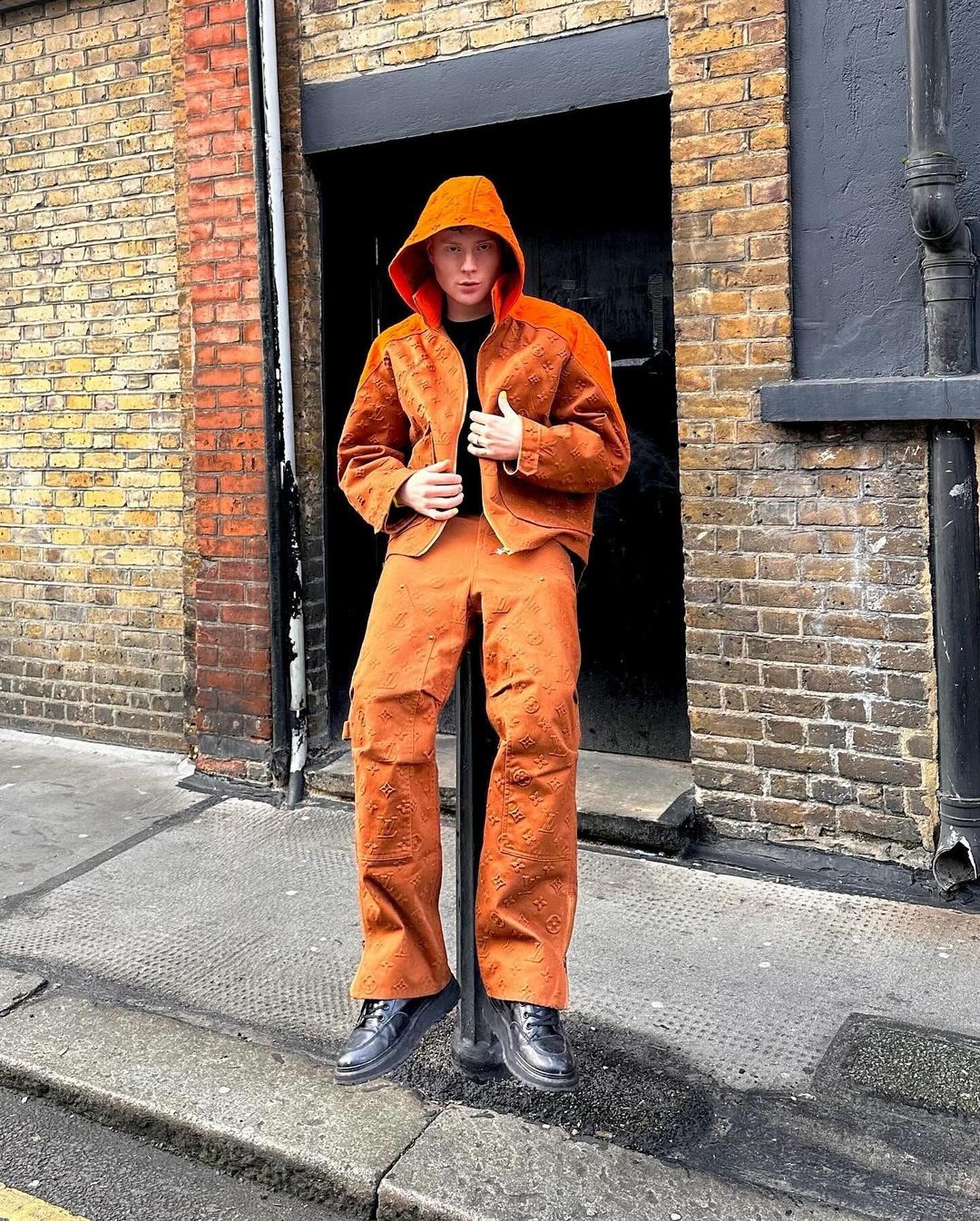
PHOTO CREDIT: @gullyguyleo (via Instagram)
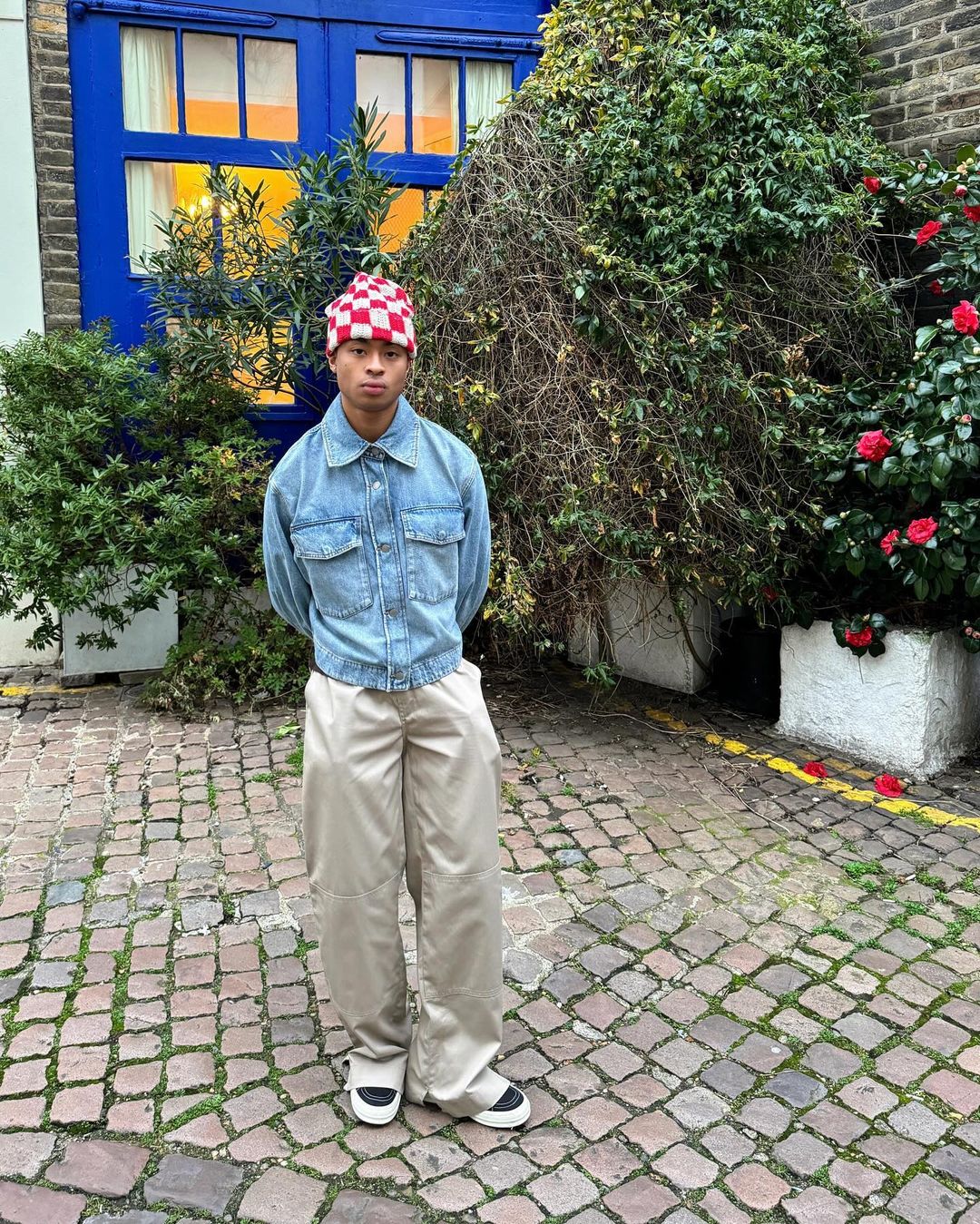
PHOTO CREDIT: @tarylboothe (via Instagram)
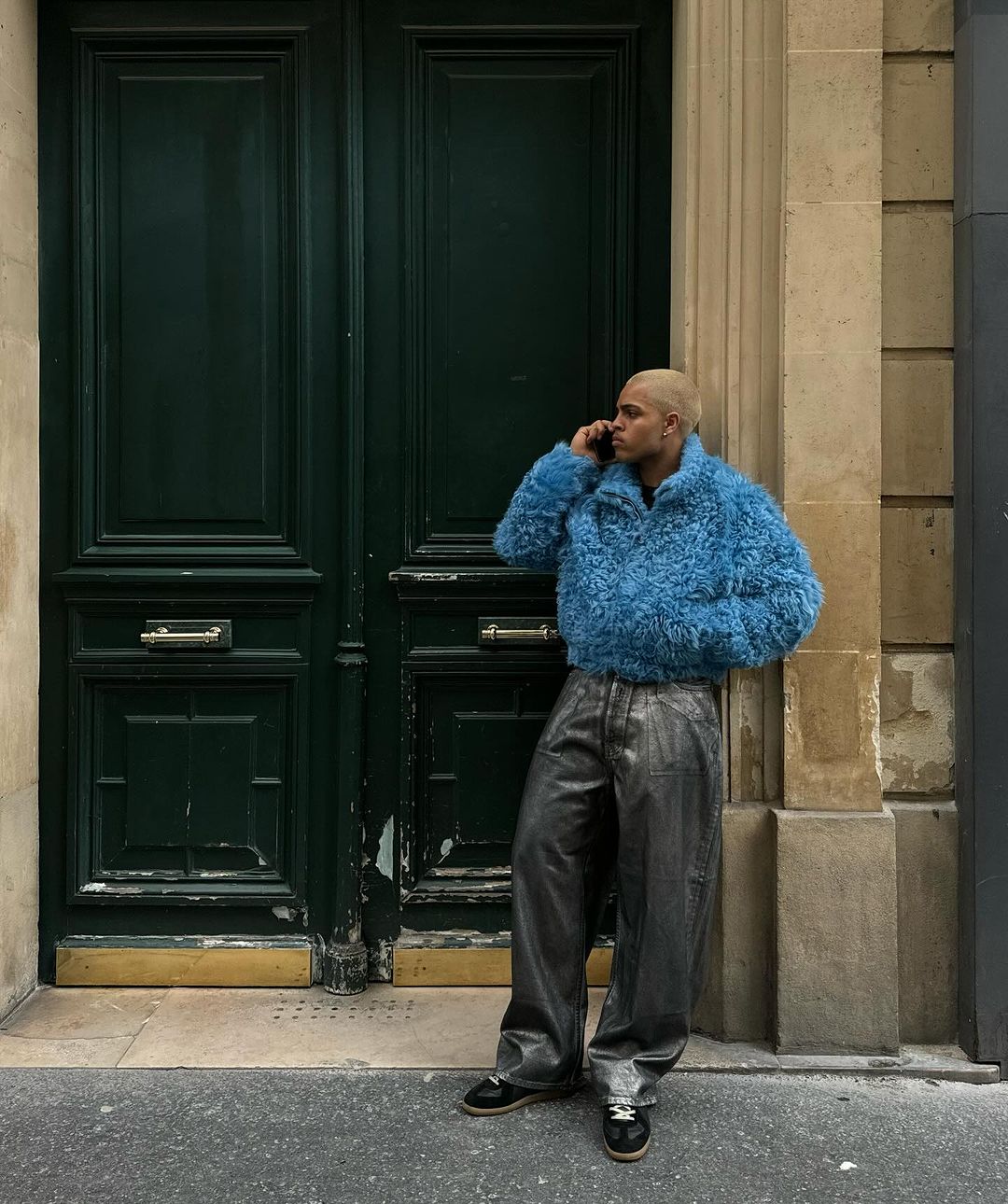
PHOTO CREDIT: @riisepeters (via Instagram)

